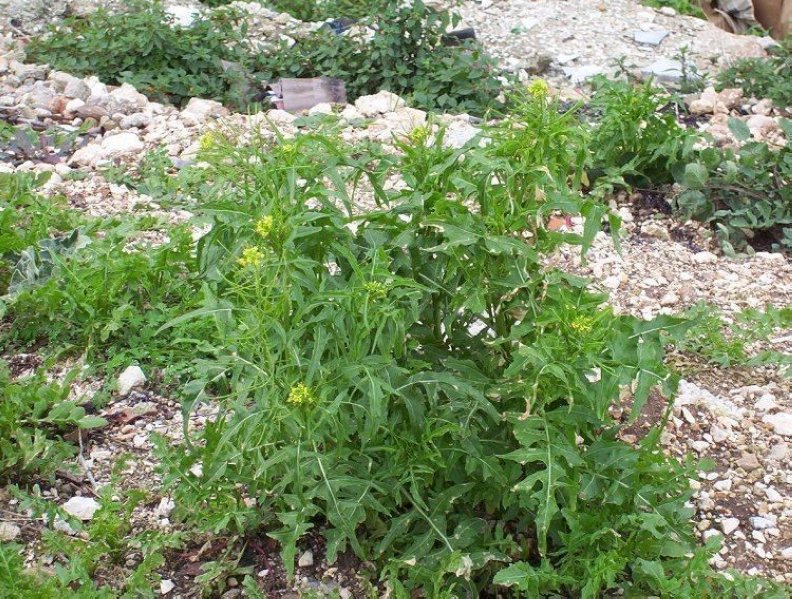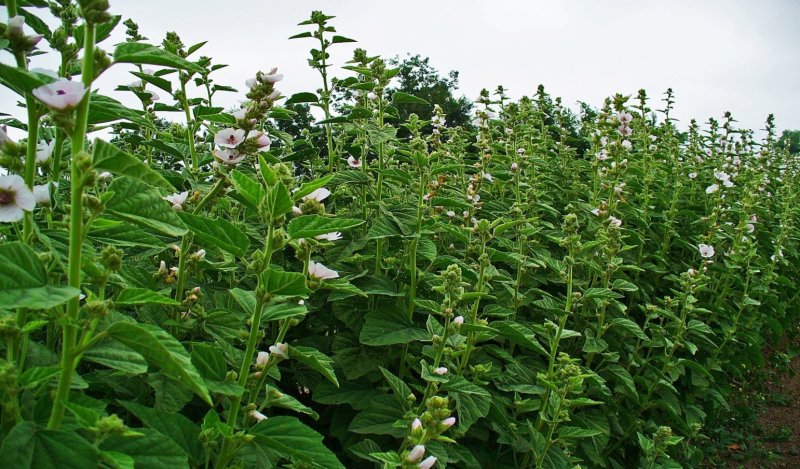LATA KARANJA
[CAESALPINIA CRISTA]
LATA KARANJA, is a large scan dent prickly shrub. Botanical name is caesalpiniaclista Linn .Sothahara is considered as one of the most potent quality of the drug along with Jwaragana.
LITERARY REVIEW
‘Putika’ or ‘Atika’ terms are found in the vedic literature. It is described in connection with ‘soma’ and in fact described as the substitute for soma. Some commentators consider this plant as a grass, while other accept it as a creeper like soma. P. V. Sharmaji identifies it with caesalpiniaboundaries.
Though its description appaears to be involved with some controversy in the samhita, Nighantu and yoga granthas elaborated its utility in therapeutics.(CRAS made it’s seed powder as one of the important ingredients in Ayush. 64 (a drug evaluated for malaria. The name kuberasaka is more popular today hence the preparation kuberasaka. It is an effective remedy for acute pain abdomen (anti spasmodic, Malarial fever, irritable bowel syndrome (as reported by Dr. K. Nishteswar} and other conditions. Folklore apply its leaf paste for scrotal swelling effectively.
SYNONYMS & ITERPPRETATIONS
Latakaranja:A scandent shrub or a drug which similar property of Karanja but grows as a scandent shrub.
Puthykaranja: Having a foetid smell or bad odour
Kantakikaranj :It has thorns all over the plant and fruits.
Vitapakaranja: Has got bad odour
Kuberaksha: The seeds are lead coloured and is said to be like the eyes of Kubera the god of wealth
Dusparsha : Difficult to touch because of the presence of thorns on the plant
Vajraviraka : Seeds are head like that of diamond
Kantapphala : Fruits with wiry Prickles
Ganadaksha : Thecolourof the seed indicates the cornea of a race who are rich
DIFFERENTVARITIES
As it is already described by Bharamisrain the content of Karanja , it has got three varities.
- Kantakakaranja
- GhrtaKaranja
- Karanji
GANA OR VARGA
- According to SusruthaSamitha :Adhobagahara
- Kula :Shimbikula
VERNACULAR NAMES
English – Bonduct nut, Fever nut, Nicker tree.
Hindi – KantaKaranja
Malayalam – kalanchikkru
Tamil – KazharShikkay
Telgu – Gachchakaya
PARTS USED
- Root bark
- Leaf
- Seeds
CHEMICAL CONSTITUENTS
Seeds contain
- L – r – ethylideneglutamic acid
- Amino acids
- L-B-r – caesalpins
- Caesalpin – F baunducellineetc
Other Chemical constituents are
- Bonbucin
- Sitosterol
- Phytosterol
- Heptocosanc
PPROPERTIES
Rasa – Tikta ,Kashaya
Guna – Laghu, Ruksha
Virya – Usna
Karma – Tridoshahara, varnaropana ,Sothahara
Vipaka – Katu
INDICATION
- Sotha
- Yakrtroga
- Pliharoga
- Vrana
- Sula
- Grahani
- Prameha
- VisamaJwara
- Kustha
PHARMACOLOGICAL ACTION
- Sothagna
- Jwarahara
- Raktasatambaka
- Vedanasthapana
- Kaphaghna
- Swasahara
- Kusthaghna
- Yakritejaka
- Virechana
- Amavatahara
- Arshoghna
- Kaphavatasamaka
THERAPEUTIC USES
- SULA– Kuberaksa alone or along with Haritaki ,Lavana and Hingu is of definite use
- JWARA – Seed kernel of Kuberaksa and ativisa are powdered and given with equal quantity of sugar at a dose of 250 mg
- ATISARA – Seed kernel of Kuberaksa should be taken with kanjika
- RAKTATISARA -The seed kernel of latakaranjashould be given with sour gruel in the morning.
- IN AGNIMANDYA – the tender leaves of kuberaksha should be taken in the morning with hingu mixed with bidalavana
- SEED POWDER – is useful in vishamajwara
- IN SOTHA – Seeds are grounded with Erandapatra and applied
FOLKLORE USES:
- Application of it’s leaf paste or seed paste over hydrocele which reduce the scrotal swelling effectively
- Women put on the necklace made by seeds of this plant on red thread as precautions against Miscarriage
- Seed considered being powerful tonic. It’s also used in fever by oraon, Mundo in Ranchi district
RESEARCH STUDIES
- The nuts were found to have significant anti – diarrhoeal activity in mice [ Iyengar and Pendse]
- The alcoholic extract of the root and stem are found to have anti – viral activity against vaccina virus[Ohar]
- The powdered seeds are found to have anti estrogenic activity in mice and rabit.Anti – infertility action of the seeds was noted in mice and rats [ Bhide]
MATRA OR DOSAGE
- Bijamajjachoorna – 5 to 20 gms
- Patraswarasa – 10 to 20 ml
- Moolachoorna – 10 to 15 gms
YOGA FORMULATIONS
- VisamajwaraghniVati
- Kuberaksataila

![LATA KARANJA [CAESALPINIA CRISTA] LATA KARANJA [CAESALPINIA CRISTA]](https://liveayurvedalife.com/wp-content/uploads/2015/08/lata-karanja-1.jpg)




